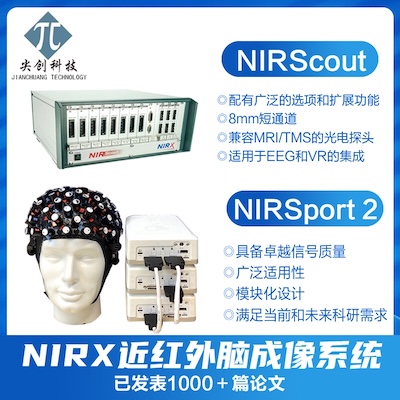Note: I am not affiliated with Artinis and they don’t pay me for this post. If you also sell portable NIRS device and would like to demo to me, I am happy to see it.
Marco, the salesman of Artinis, gave me a demo of their wireless/portable NIRS device (portalite) thru skype. Here is what I have learned:

- The system consists of a head band with 3 emitters and 1 receivers (so totally 3 channels). The head band is connected with battery/transmitter/bluetooth via a white wire. The battery/transmitter/bluetooth is as big as a smart phone (but thicker) and can be put around the waist. The data will be transmitted to a computer via bluetooth which is within 150m.
- Totally 3 channels; but they also calculate oxy% saturation from the 3 channels (I don’t know how).
- The computer is installed with a software (oxysoft) which can visualize the data in real time. Heart beating signal is very clearly seen. The software can receive up to 7 devices (good for hyperscanning)
- Moderate head motion seems produce little artifact; but bending the waist produces big signal change.
- The subject can walk/talk during the experiment, which is nice for naturalistic experiment.
- It’s possible to use a smartphone (instead of a computer) to receive the data; but they need to develop it.
If you need to know more details, please visit the product page:



Hey, Xu Cui! Do you remember me? We had an interview about 2 years ago when I was trying to search a postdoc position in your lab. Now I am working as a postdoc in Switzerland, my reserch now focuses on sleep research using NIRS. I also have some contact with Artinis and Marco. Their system could calculate oxygen saturation based on spatially resolved spectroscopy (SRS). Now I am using NIRO-300 to do my tests, and I will buy a new system from Artinis.
@Zhongxing Zhang
Hi, Zhongxing,
Of course I remember you. I really like the topic (sleep) and think there is a lot to be done. And thanks a lot for letting me know how Artinis calculates saturation.
Which lab are you in?